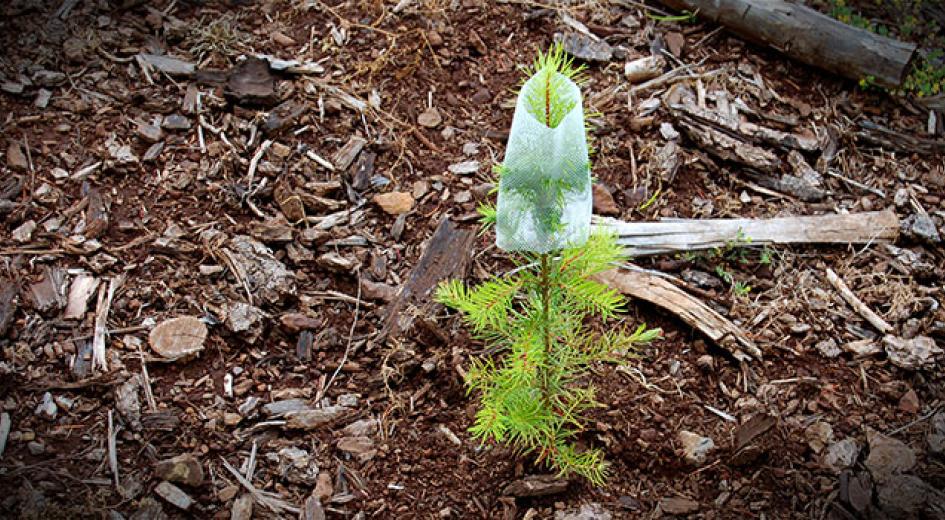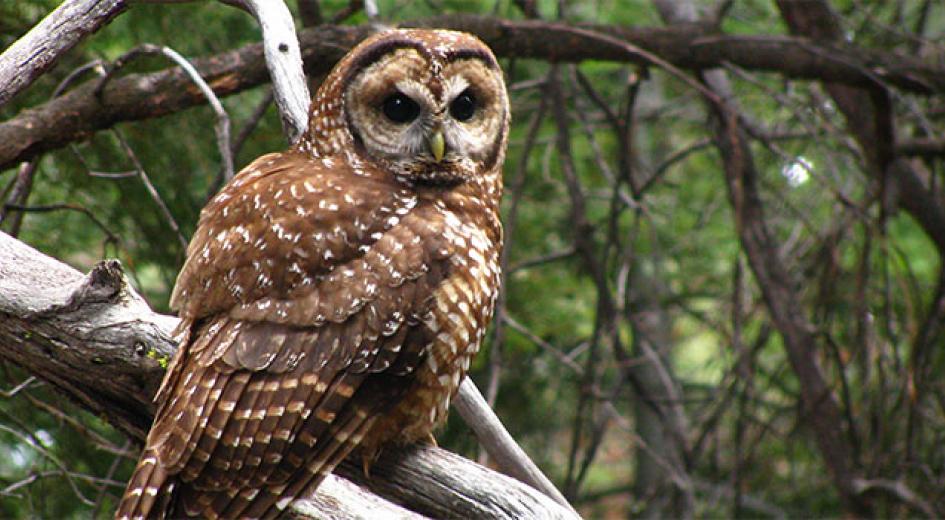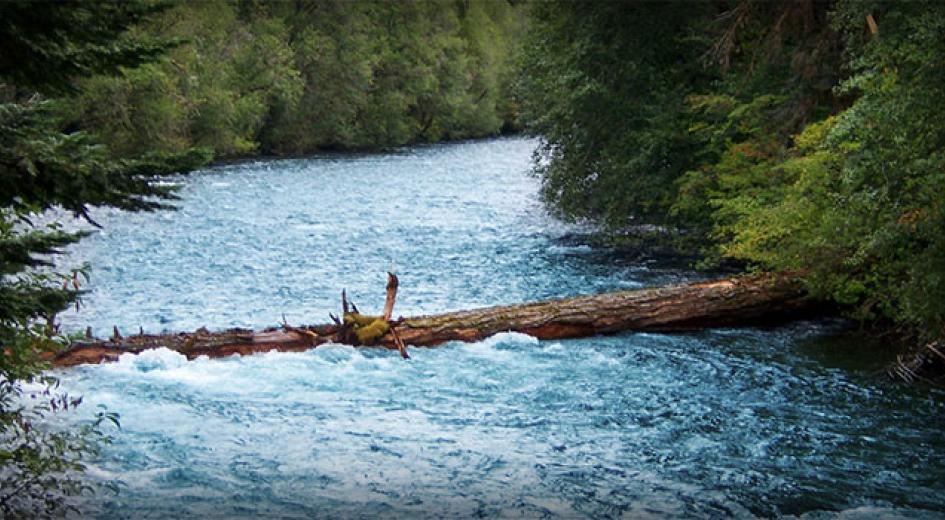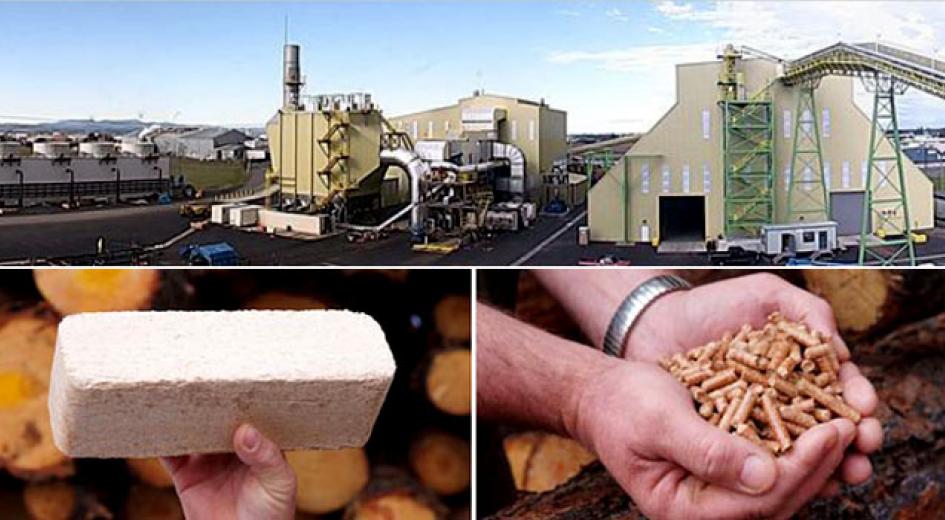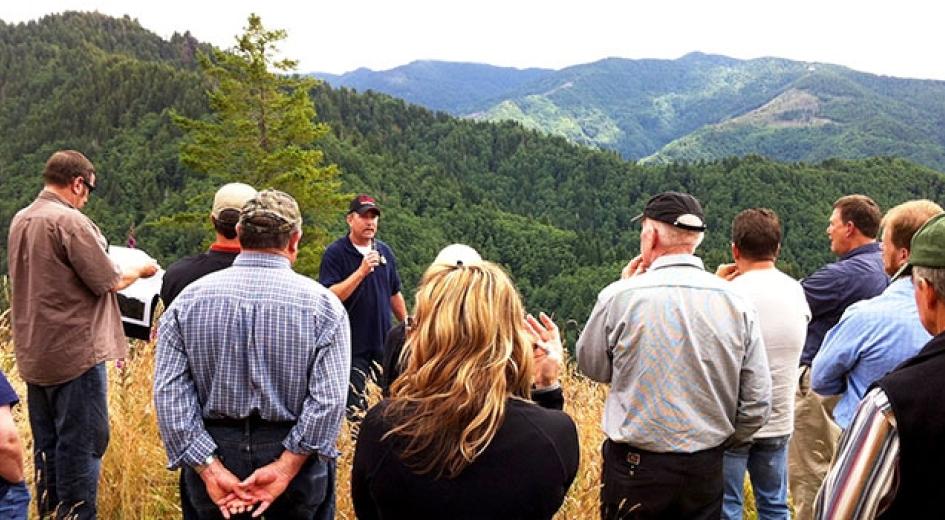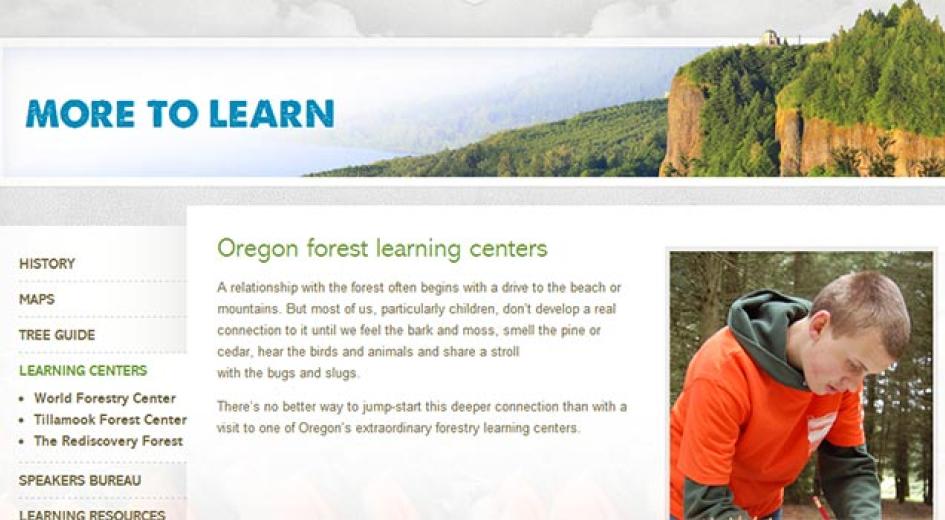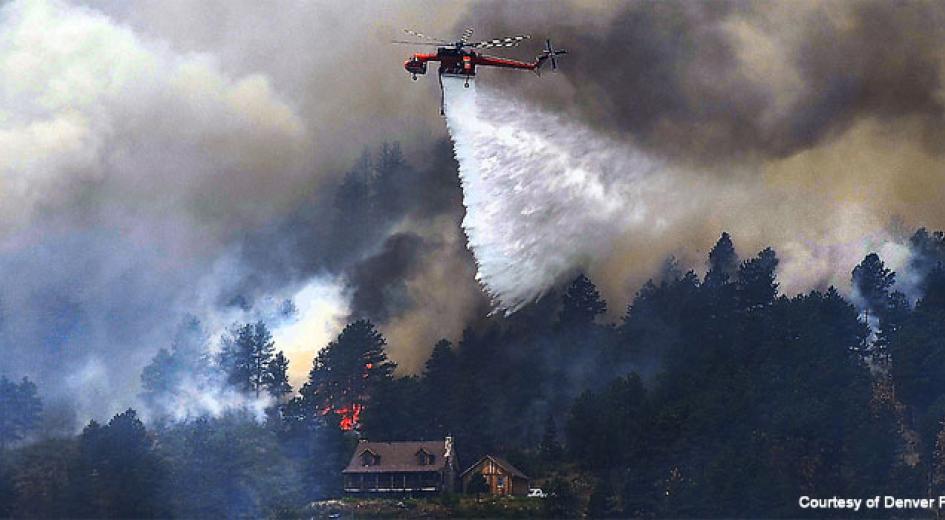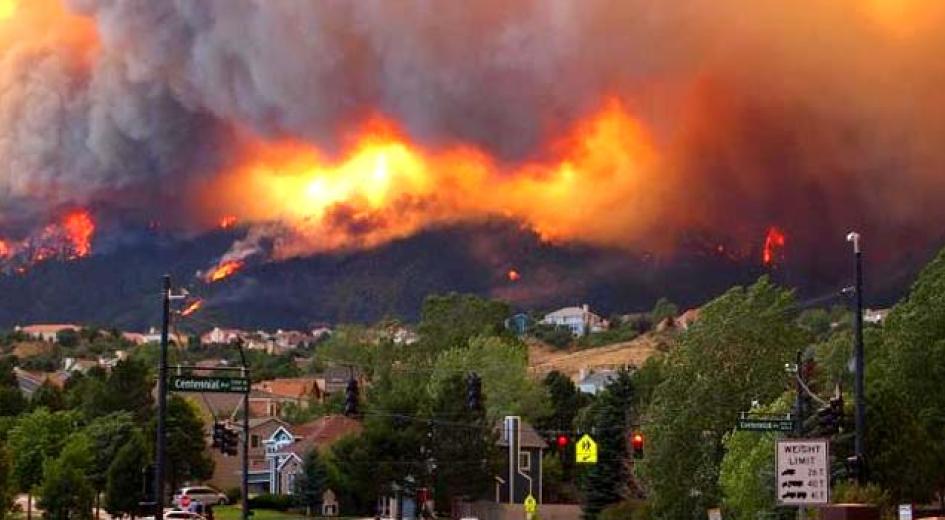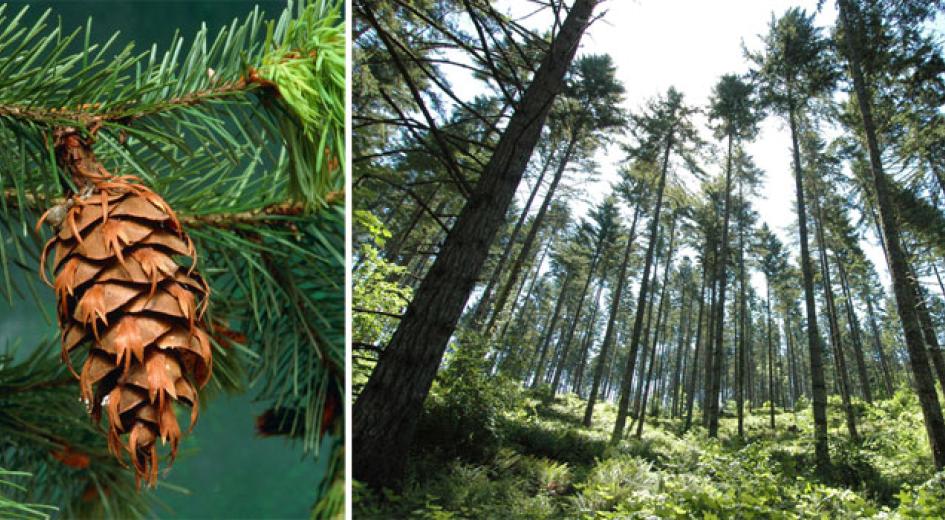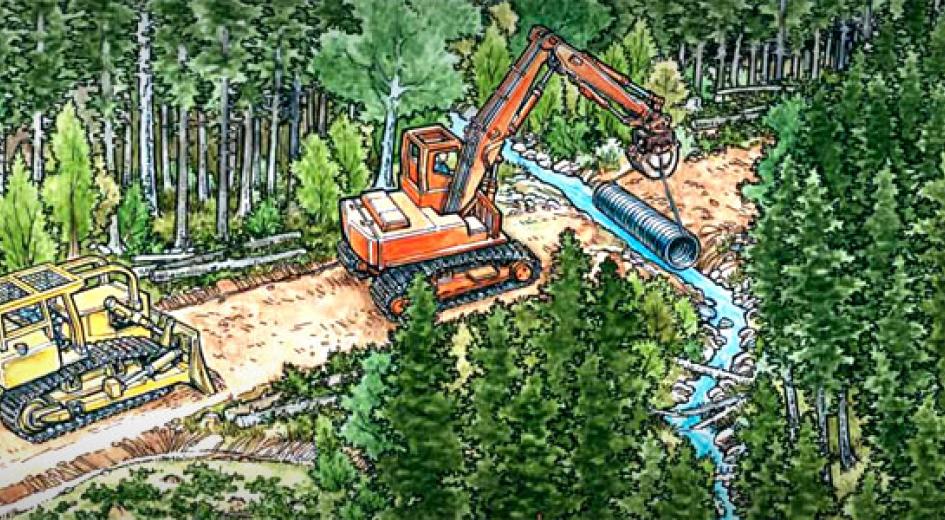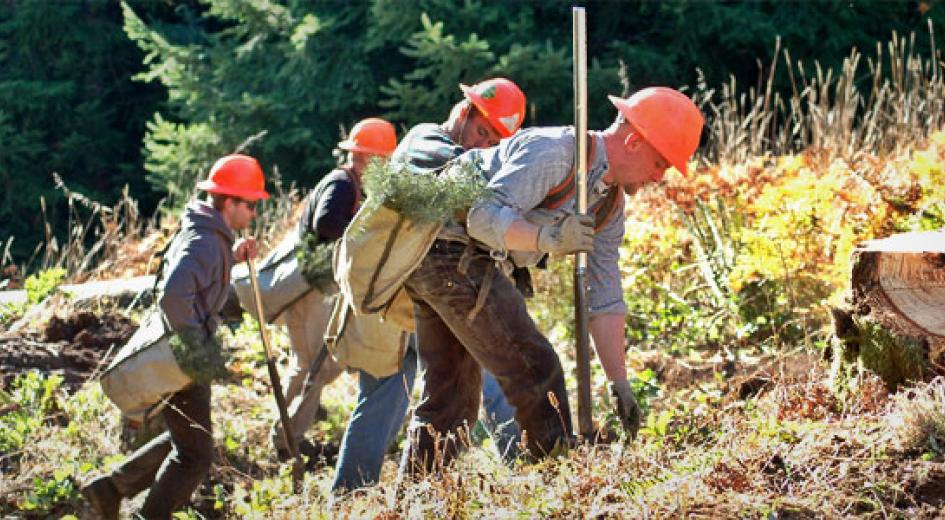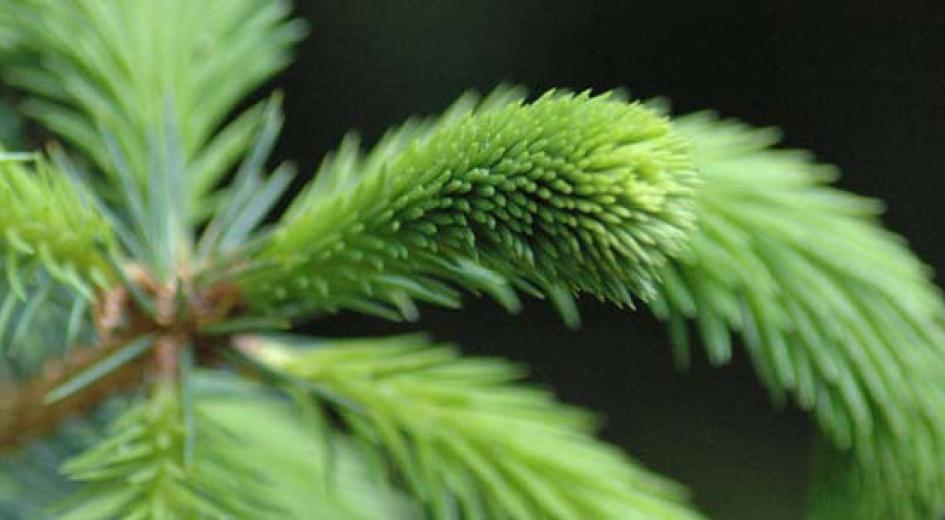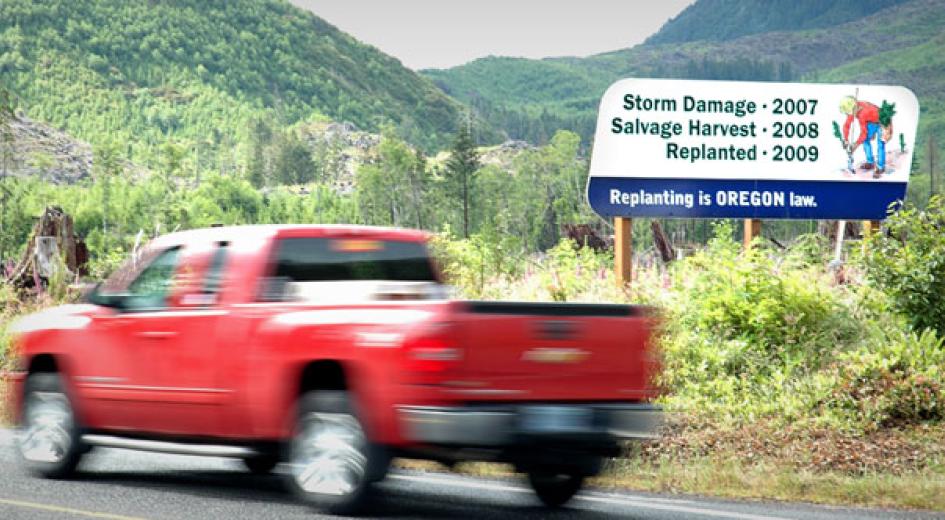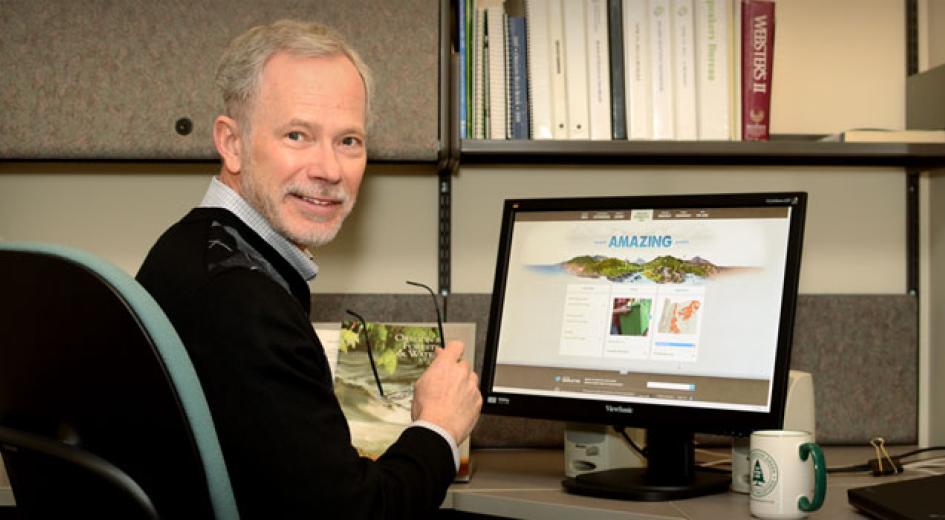Sawmills are key to forest restoration
September 04, 2012I was deeply saddened by the recent announcement of the impending closure of Ochoco Lumber Company’s sawmill in John Day.
Following last month’s announcement, I saw an editorial in the Blue Mountain Eagle newspaper, which serves Grant County. The write
Following last month’s announcement, I saw an editorial in the Blue Mountain Eagle newspaper, which serves Grant County. The write
Family forestland ownership brings toil and reward
August 28, 2012Owning family forestland is worth the hard work.But believe me, it’s no picnic. I’ve gained new respect for tree-planting crews.
I discovered this while replanting a section of our 89-acre woodland this past winter. My husband, Rex, plus my father and
I discovered this while replanting a section of our 89-acre woodland this past winter. My husband, Rex, plus my father and
Walk in the woods: Searching for the elusive spotted owl
August 21, 2012“Hello? This is an owl calling. Anyone home?” No, it’s not the script for an annoying marketing call. Instead, it’s what I was doing on a recent perfect summer evening in the Douglas-fir forest of Oregon’s Silver Falls State Park, southeast of Salem.
Pesticides pose negligible harm to McKenzie
August 15, 201210-year, $1 million study shows no threat to human health
Everything but the shade
August 06, 2012I recently toured two Oregon sawmills and came away impressed with their innovation, technology and high degree of utilization. Today’s mills use every part of the tree except the shade. Efficient utilization of the wood resource is one of the keys to the
Serving on the Board of Forestry is no picnic
July 31, 2012It may come as a surprise to new residents that Oregon has a long tradition of citizen governance. As a result, there are more than 200 citizen boards and commissions that oversee various aspects of the state’s business. Most of these positions are volunt
Oregon: Where amazing forests grow and entertain us
July 24, 2012Snuggled up among the roots of a 200-year-old oak tree last week, my kids and I tapped our toes along with the film “Happy Feet” at The Oregon Garden’s outdoor amphitheater. The film’s main characters are penguins and, of course, are not native to Oregon,
OregonForests.org: Now it's your turn
July 18, 2012Thank you for your support and feedback about OFRI’s new website. It’s certainly come a long way, thanks in large part to our development partner, DHX Advertising. Together we’ve worked to create a site that is both visually interesting and informative ab
Restoring Forests Requires Collaboration
July 10, 2012The pall of smoke yellowed the sky along the Front Range of the Rockies. We could see it from our west-facing windows as our jet approached Denver from the north. It was the last week of June, and my wife and I were flying to Colorado for vacation. We’d h
The Colorado fires: Is anyone paying attention?
July 03, 2012The stories and photos coming out of Colorado are horrific: Eleven wildfires. Thousands forced to flee. Hundreds of thousands of acres scorched. Millions of dollars of property damaged.
The most destructive of the 11, the worst in Colorado’s history, is
The most destructive of the 11, the worst in Colorado’s history, is
Regulatory certainty a prerequisite for investment
June 25, 2012The threat of shifting regulations injects an unknown quantity into business planning that gives a business owner reason to pause before investing in new projects, new equipment or new people, all of which spell j-o-b-s.
That’s what’s happening right n
That’s what’s happening right n
Oregon is doing it right
June 25, 2012"We do forestry right in Oregon, and we should all be proud of that."
That's what Sara Wu, the director of the World Forest Institute, said when accepting the International Business Award from the Oregon Consular Corps (see story).
What a refreshing
That's what Sara Wu, the director of the World Forest Institute, said when accepting the International Business Award from the Oregon Consular Corps (see story).
What a refreshing



